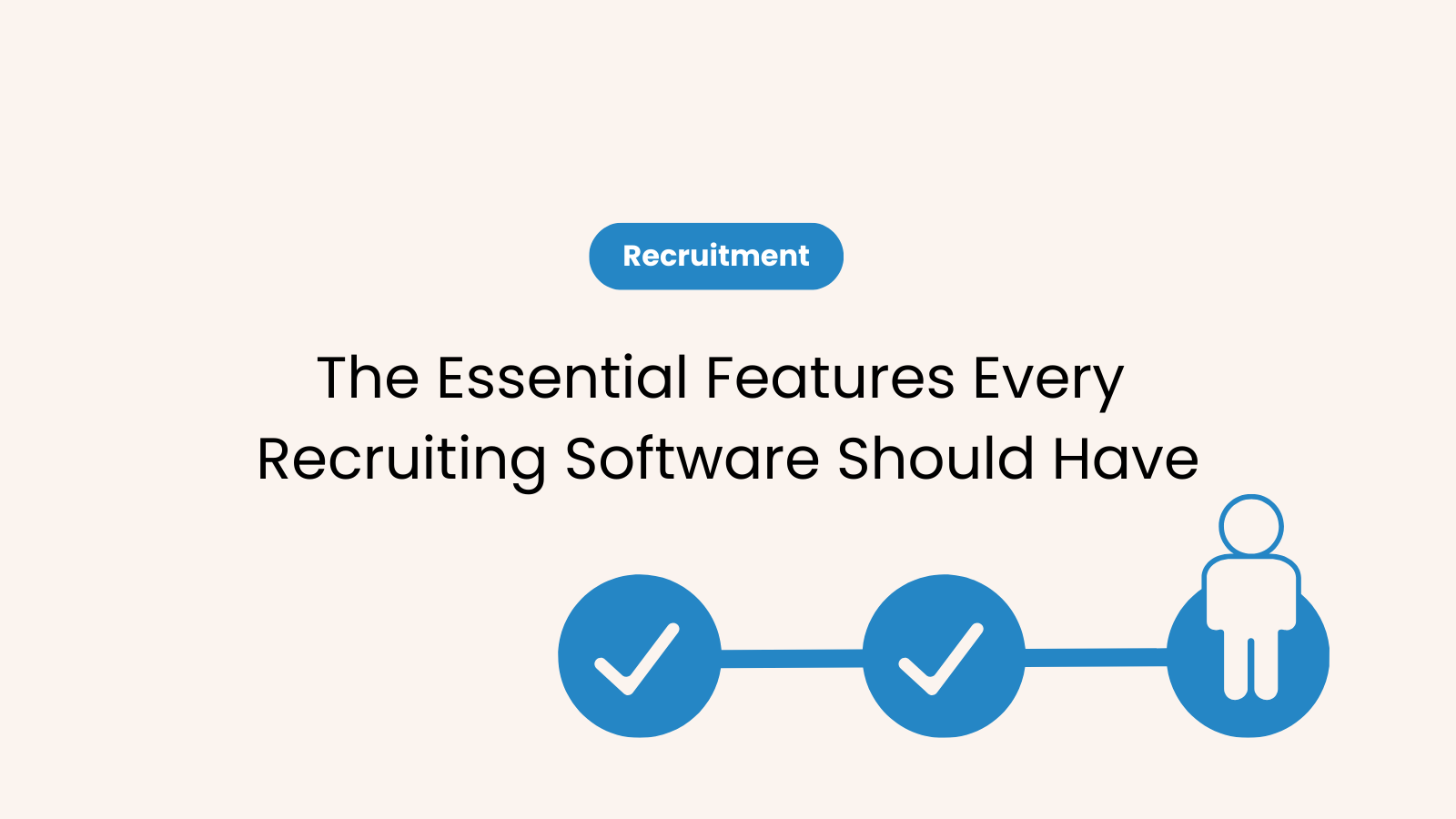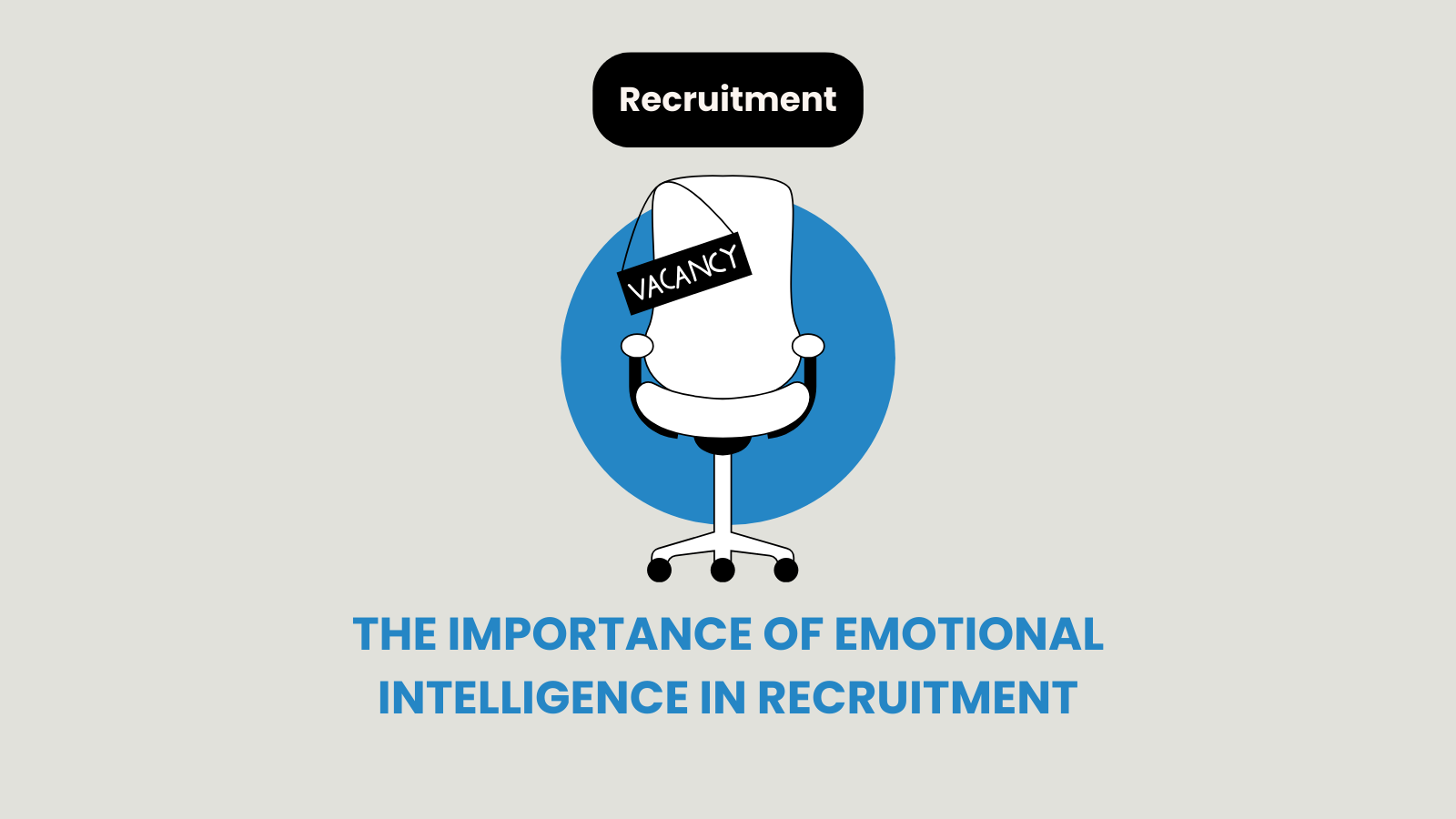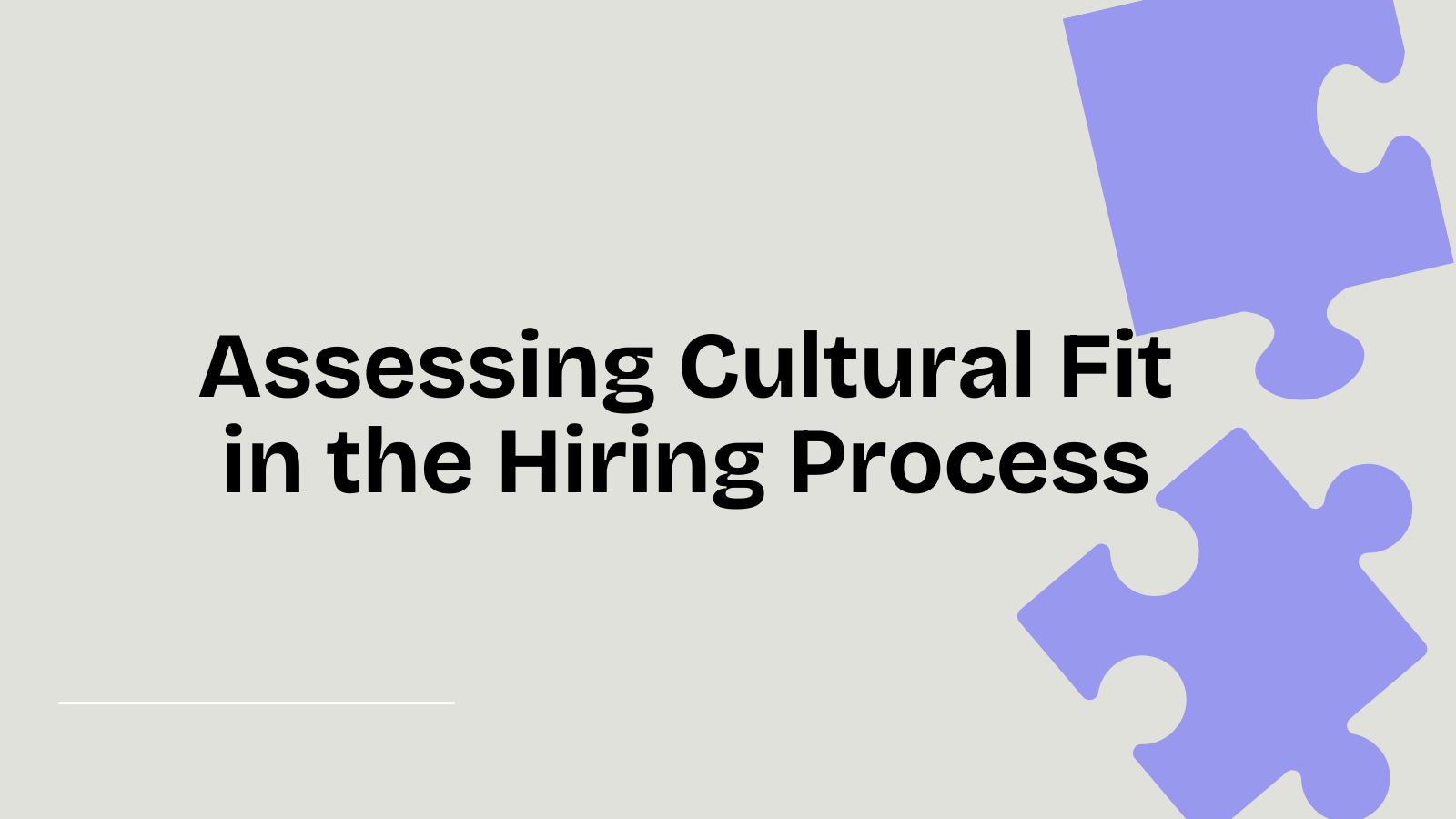An adequate, effective, and valid hiring process represents a step-by-step systematic procedure for hiring a new employee. The first inevitable step of a hiring process is to identify a hiring need.
Knowing the actual recruitment necessities eases the entire process, ensures the positive outcome, helps recruiters find a suitable candidate, and reach short-term and long-term company goals.
Hiring process Steps
Every organization commences the process by identifying its talent necessities. Suppose they are facing some internal shortages, issues, or lack of specific skills, knowledge, and expertise.
In that case, employers usually choose to hire new employees who can fulfill their business needs and match their requirements, values, and culture.
A successful hiring process consists of several crucial steps:
- Identifying a hiring need
- Developing a recruitment strategy
- Writing a job description
- Advertising the position by posting the job description to job boards, various social media channels, and other valuable places job seekers frequently visit
- Sourcing candidates and recruiting them
- Reviewing the obtained applications
- Conducting phone or online screenings (performing the initial interviews)
- Interviewing process (its length and steps vary depending on the company and its hiring goals, preferences, needs, and recruitment plan)
- Background check and reference check (not every organization includes this step into their hiring process; still, it is considered by many hiring teams and managers that this step represents another relevant insight)
- Decision making
- Sending a job offer to the most qualified and fitting candidates + negotiating with candidates
- Hiring (the administrative part that comes after a candidate accepts the job offer)
- Onboarding a new employee
Identifying a hiring need
The positive outcome, financial benefits, and reputation of a business depend mainly on its employees and their skills. For this reason, the hiring team or the employer must identify their recruitment needs timely and accurately.
It is essential to take the time to look into the real hiring needs and examine them now and then. Before you choose to start recruiting, make sure to have all the facts, priorities, goals, aspirations, and potential problems in mind.
Here’s a check-list that can help a company know its hiring needs.
6 steps to identify a hiring need
There are several accurate ways and steps to identify and fulfil hiring needs. It is important to be dedicated, analytical, and to be realistic while deducing regarding hiring necessities. The most efficient way to achieve hiring goals is to start from the beginning.
- What do you need? Make sure to come up with precise requirements.
- Write a job description accordingly
- Think through the budget on your disposal for the open position & do the research
- Evaluate your current necessities, skills available within the team, and gaps you need to overcome
- Define your short-term and long term hiring plans and needs
- Educate your current employees – invest in expanding their knowledge
Step one: Requirements
Being thorough, analytical, precise, and realistic regarding your expectations, needs, and demands is essential when contemplating hiring. If you’re in need of a qualified new team member, make sure to have the list of necessary hard skills and soft skills, experience, background, and desirable candidates’ aspirations in order. Before you start searching and recruiting, you must define these facts to know what exactly you are looking for. Requirements and fundamental responsibilities associated with a role are significant. You would also need to distinguish preferences from the “must-haves” to properly inform the candidates and job seekers, and to help recruiters focus on what matters the most.
Step two: Job Description
Once you have internally agreed on what your hiring aims are and you’ve discussed the candidate persona with recruiters and members of a hiring team, you should write it all down and promote it. Writing a job description is a tremendously important part of every recruitment process.
A job description must have a clearly defined job title, a job overview, an intro with the company, a list of principal responsibilities, daily tasks, and required skills.
It should also inform the candidates regarding the benefits your company offers. In an ideal scenario, it should contain the salary range you are willing to provide for a specific job.
Step three: Finances
Even if you choose not to be fully transparent regarding the salary range, your recruitment team needs to know about it. Before the recruiting starts, it is much necessary to look into the market, gather the information, research other similar companies, and learn about candidates’ expectations regarding salaries.
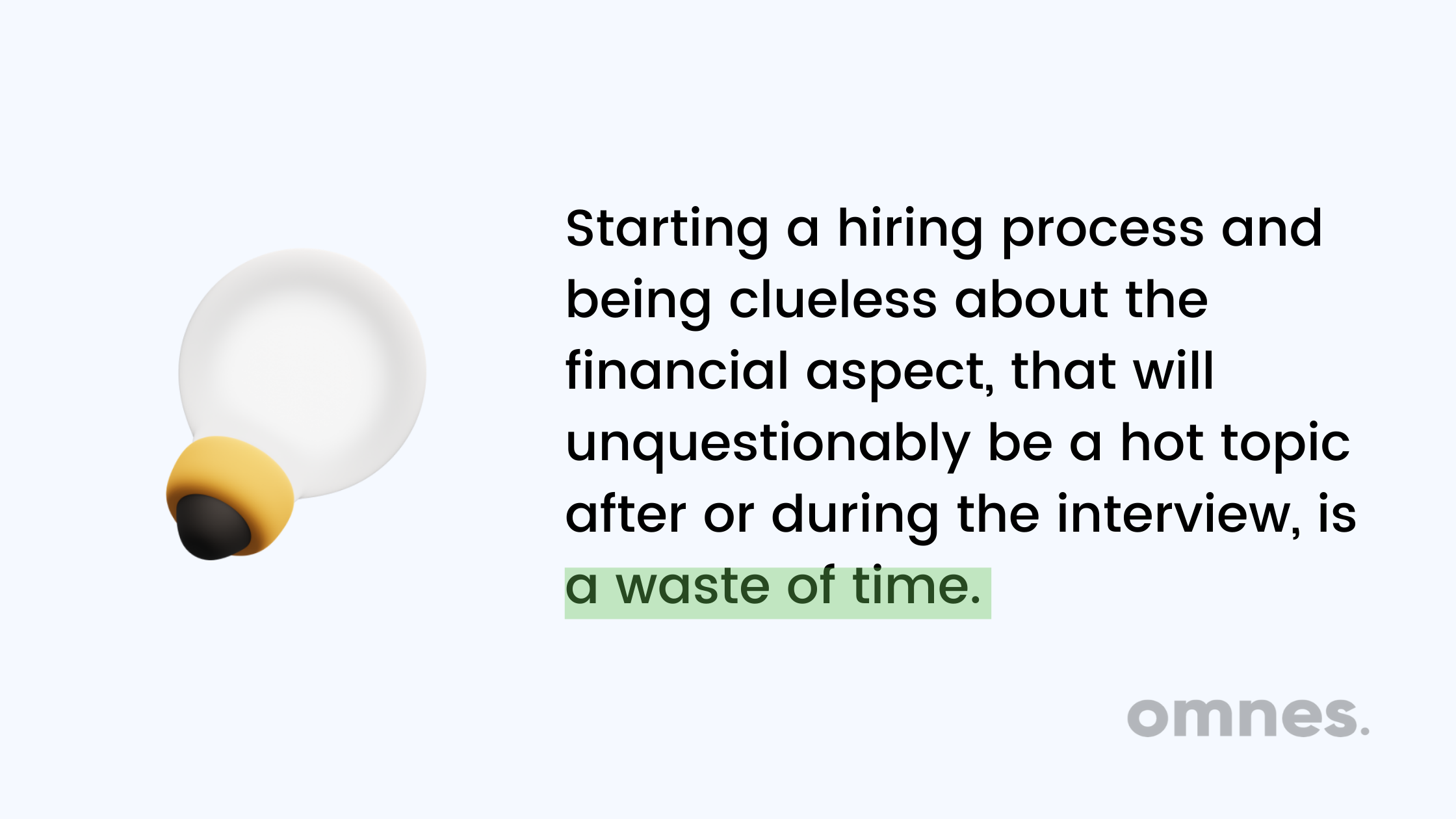
The salary range varies depending on different factors, and seniority level is among the most important ones. Every new skill you add to the job description, and each year of relevant professional experience you seek in candidates, will most likely increase the financial remuneration they would ask for.
The compensation you can provide to a new hire must be aligned with their knowledge and skill-sets, it should be competitive, and yet it must not burn all your cash. Financial planning should be done carefully.
Step four: Evaluation
Before hiring new staff, make sure to estimate the current state of affairs accurately. You should know about your most reliable features, the advantages of your team, and about the skills and expertise you already have on board. Every team has its strengths and gaps.
If your in-house team lacks a specific skill or there’s a domain they are not familiar with, the center of your recruiters’ attention should be finding an individual or several new people who would contribute to those particular areas.
When you evaluate the current situation of your workforce, prioritize. Look for candidates who can cover the most significant parts of what now falls short.
Step five: Short-term and long-term goals
When you start considering how to enhance current projects and how to plan the incoming projects, it’s the ideal time to think about your hiring needs and separate them into two categories.
These categories represent hiring for short-term collaboration (usually project-based) and long-term collaboration. Short-term cooperation can involve freelancers or finding an outsourcing company that will provide specific services and take charge of some duties instead of the in-house team.
These two options lead to different results, and they require different approaches and separate recruitment strategies.
Step six: Training
Whether you choose to hire new people or put recruitment and hiring on pause for a while, you need to invest in your current employees. Their skills need to remain up to date, and they should feel inspired and motivated to learn, increase their efficiency and efforts, and make progress in their careers.
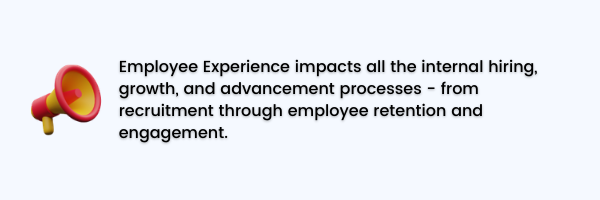
Training is a helpful way to overcome some of the obstacles your team can encounter. Hiring needs are often associated with the appearance of new trends and new technologies. Striving to be in the loop and to possess the highly demanded skills is an excellent way to reduce or simplify some of the hiring necessities.
On the other hand, being modern, innovative, and comfortable with exploring the newest trends will attract the candidates who are interested in continuous learning and willing to improve their knowledge.
Once you do realize your company is ready to grow, the positive employee experience will be your most valuable recruiting ally, and the good word will quickly spread.
Ready to hire?
Hiring requires some enthusiasm and commitment.
More importantly, it requires careful planning and the ability to see the bigger picture. Remember to always start from scratch.
In this case – start your recruitment process by identifying a hiring need. If there’s anything else you’d like to know about recruitment, drop us a line.


